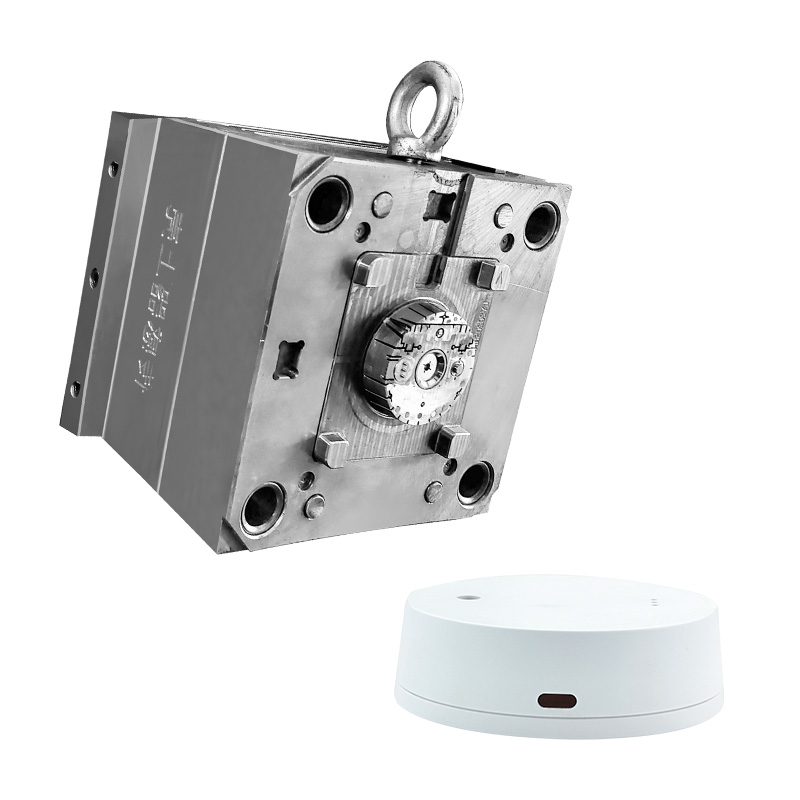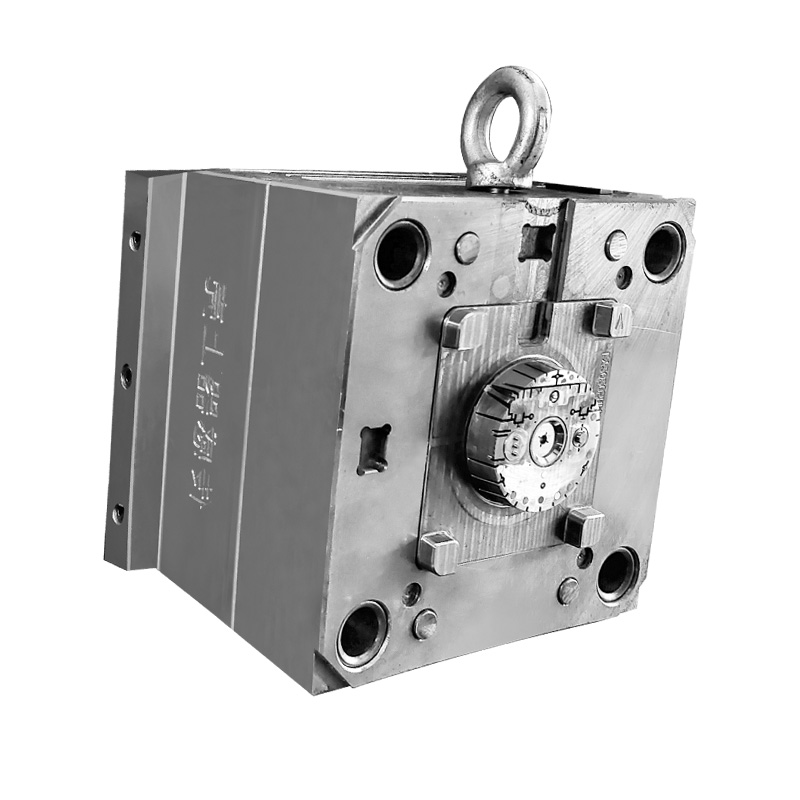In the realm of electronic manufacturing, precision is paramount. The production of electronic components, such as mobile phone housings, connectors, and display assemblies, relies heavily on molds that are crafted with the utmost precision. Computer Numerical Control (CNC) machining has emerged as a pivotal technology in ensuring the high accuracy required in electronic mold manufacturing. This article explores the role of CNC machining in precision electronic mold manufacturing, highlighting its advantages, techniques, and applications.
Introduction to CNC Machining
CNC machining involves the use of computer-controlled machines to execute precise movements based on digital instructions. This technology integrates Computer-Aided Design (CAD) and Computer-Aided Manufacturing (CAM) software to transform digital designs into physical molds with exceptional accuracy and speed. The process begins with the creation of a detailed 3D model using CAD software, which is then translated into machining instructions by CAM software. These instructions guide the CNC machine in executing precise cuts and movements to shape the mold according to the design specifications.
Advantages of CNC Machining in Mold Manufacturing
CNC machining offers several advantages that make it indispensable for precision electronic mold manufacturing:
Precision and Accuracy: CNC machines can achieve high levels of precision, often exceeding manual capabilities. This ensures that molds are produced with consistent dimensions and surface finishes, critical for electronic components.
Efficiency and Speed: CNC machining significantly reduces production time compared to traditional methods. Automated processes allow for continuous operation with minimal human intervention, enhancing productivity and reducing downtime.
Complexity and Customization: CNC machines can handle intricate designs and complex geometries, enabling the production of molds with fine details and precise features that are challenging to achieve manually.
Cost-Effectiveness: By minimizing manual labor and reducing errors, CNC machining helps lower production costs and improve overall efficiency.
Techniques Used in CNC Machining for Electronic Molds
Several advanced CNC techniques are employed in electronic mold manufacturing to ensure high accuracy and precision:
High-Speed Machining (HSM): This technique involves operating CNC machines at higher spindle speeds and feed rates, reducing cycle times and enhancing precision by minimizing thermal distortion and tool wear.
5-Axis Machining: This method allows for simultaneous movement along five axes, enabling the creation of complex mold shapes without the need for multiple setups or manual adjustments. It is highly effective in industries like automotive and aerospace for producing intricate parts.
Micromachining: Used for molds requiring extremely fine details, micromachining employs small tools at high speeds to achieve precise micro-features essential for microelectronics and other miniature components.
Wire EDM and Electrode EDM: These electrical discharge machining techniques are used for creating complex internal and external shapes in molds, offering high precision and the ability to process hard materials. Wire EDM uses a thin, electrically charged wire to cut through the workpiece, while sinker EDM uses an electrode to erode material submerged in dielectric fluid.
Applications of CNC Machining in Electronic Mold Manufacturing
CNC machining is widely applied in various sectors of electronic manufacturing, including:
Mobile Phone Housings: Precision molds are crucial for producing phone casings with intricate designs and smooth finishes.
Connectors and Display Assemblies: These components require molds with precise dimensions to ensure proper fit and function.
Electronic Component Molds: Molds for components like circuit boards and semiconductor devices demand high accuracy to meet performance specifications.
Best Practices for CNC Machining in Mold Making
CAD/CAM Software Integration: Ensure seamless integration of CAD and CAM software to translate digital designs into precise machining instructions.
Simulation and Analysis: Conduct simulations before actual machining to optimize the design and manufacturing process, reducing potential errors and improving efficiency.
Machine Setup and Calibration: Properly set up and calibrated CNC machines to ensure accuracy and precision throughout the machining process.
Tool Selection and Maintenance: Choose appropriate cutting tools and maintain them regularly to prevent wear and ensure consistent quality.
By following these best practices and leveraging advanced CNC techniques, manufacturers can optimize their mold-making processes, ensuring high-quality molds that meet the precise demands of electronic component production.
Conclusion
CNC machining has changed the field of precision electronic mold manufacturing by offering unparalleled precision, efficiency, and customization capabilities. As technology continues to evolve, the role of CNC machining in electronic mold manufacturing will remain pivotal, driving innovation and precision in the production of electronic components.
RUNKE is a reliable precision electronic mold manufacturer. We can produce high-quality molds that meet the stringent requirements of the electronics industry. With our quality control process, you can be sure of getting parts that meet your unique requirements.


.jpg)

.jpg)